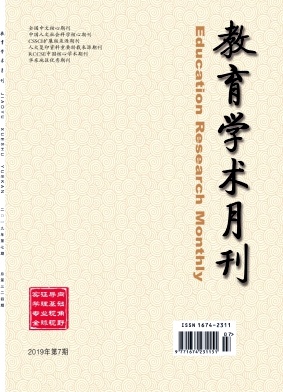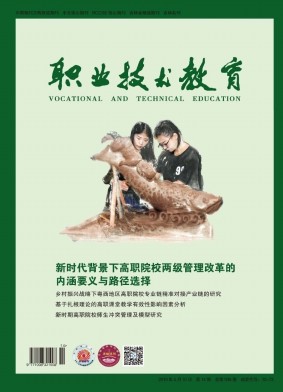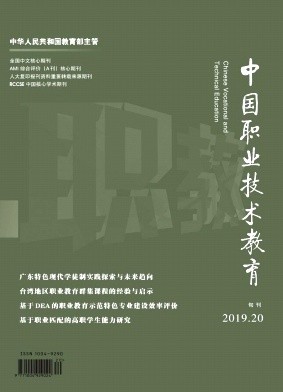关键词:权利要求的解释 程序 宽泛性 限制性
Principle of Interpretation in Patent grant, Confirmation Examination and Patent Infringement Procedure
Abstract:Because its purpose is to determine the claimed technical content of the protection of claims in order to examine if claims satisfy grand needs, the patent grant and confirmation examination procedure is suitable for the using of the principle of broadest interpretation. The patent infringement procedure is suitable to adopt the principle of restrictive interpretation, because its purpose is to determine the actual technical content of the protection of claims to judge if the litigated practice is inside the protection scope of patent right. The court accepted infringement cases and invalid cases, but should not adopt the same interpretation principle and the principle of broadest interpretation should be used in the confirmation examination procedure which is extended to court. The amending right to add technical features in description into claims should be allowed in the confirmation examination procedure, so that the protection scope of claims is more clearly, to avoid patent invalid caused by the writing defects of claims. However, this supplement should be limited to clarifying features of broadest interpretation, rather than limiting them by increasing new technical features. The article fifty-ninth in Patent law or Patent Examination Guidelines should rule the interpretation principle clearly, to avoid unnecessary confusion.
Key Words:claim interpretation, procedure, broadest interpretation, restrictive interpretation
顾名思义,权利要求的解释就是确定权利要求的含义、界定权利要求保护范围的过程,授权确权侵权程序中都需要对权利要求进行解释。对于权利要求的解释原则,目前有两种不同的观点。一种观点认为,授权确权侵权程序对权利要求保护范围的解释原则应该统一,这有利于专利权人和社会公众对专利权的保护建立统一的预期,从而保障社会公众的可期待利益。另一种观点认为,授权确权侵权程序的解释目的不同,权利要求的修改自由度不同,应该适用不同的解释原则,授权确权程序中遵循宽泛性解释原则,侵权程序中遵循限缩性解释原则。
宽泛性解释趋于基于权利要求的字面含义来确定保护范围,限制性解释则结合说明书来确定。在墨盒案中,复审委认为只有在不清楚的情况下结合说明书解释,法院则不赞同。法院认为任何语言只有置于特定语境中才能得到理解,由于语言表达的局限性和文字篇幅的限制,权利要求不能将保护范围表述无遗,客观上需要结合说明书来理解,说明书乃权利要求之母,不参考说明书,仅看权利要求得出正确理解,往往是不可能的。但是,法院也没有指出何时可以结合说明书解释。
《专利法》第59条规定“说明书及附图可以用于解释权利要求的内容”,但是,没有给出具体的解释措施,导致授权确权侵权程序中解释原则的适用不一致,存在争议。
笔者赞同以上第二种观点。本文通过对专利制度的理解和授权确权侵权程序中解释原则的合理性分析来阐述粗浅认识。




